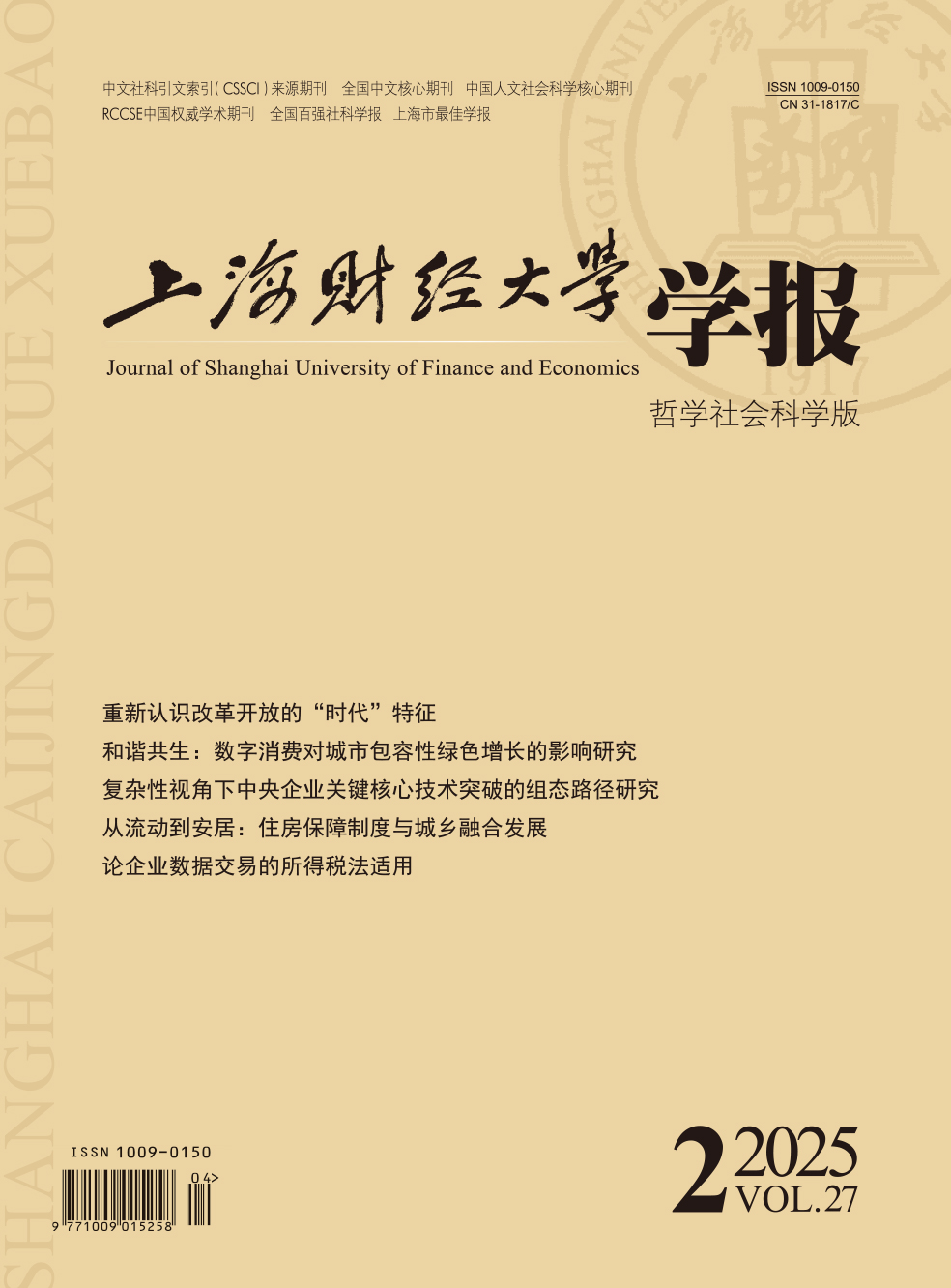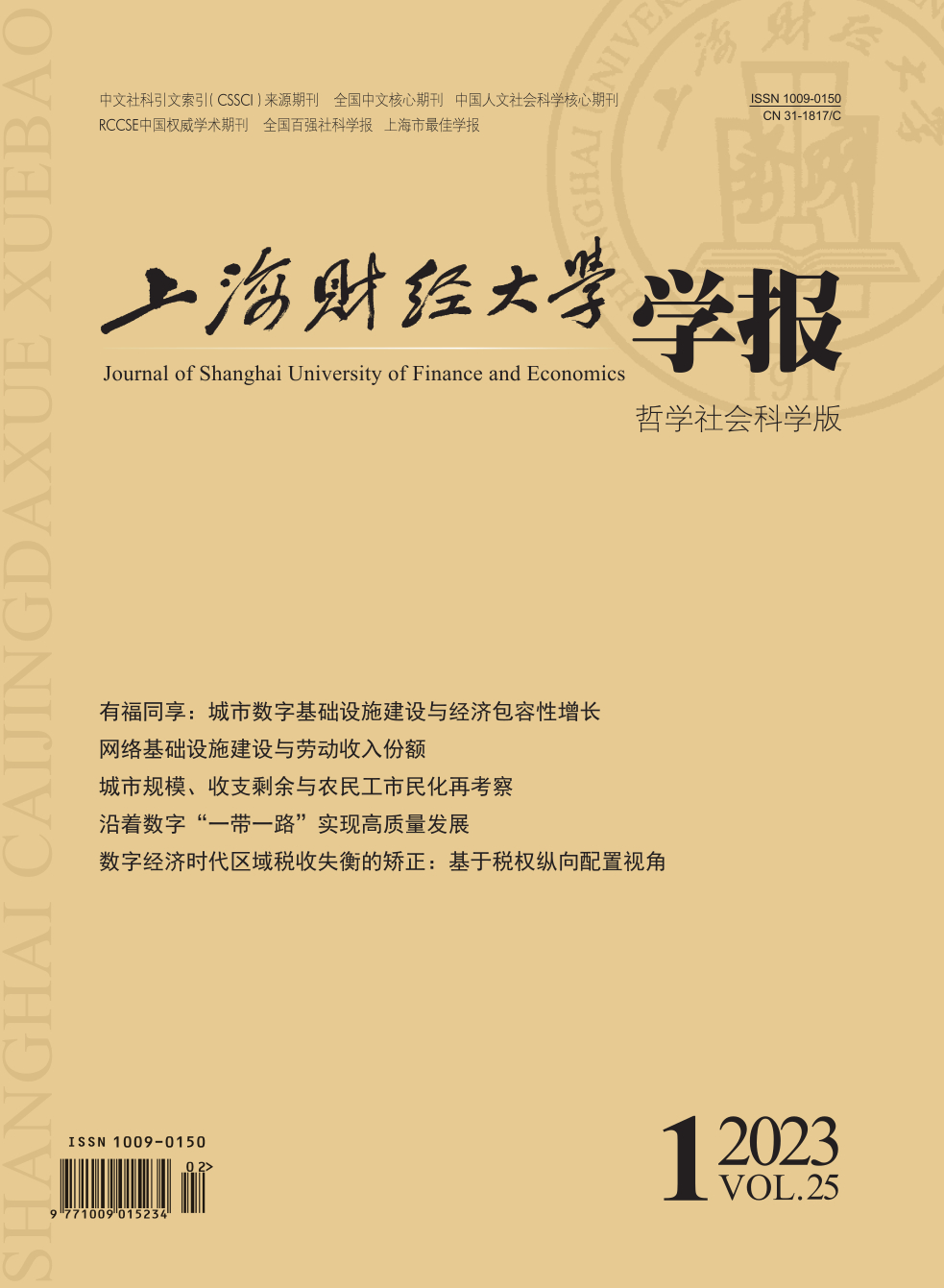M&A performance commitment is a unique arrangement in China’s M&A transactions, which is endogenous to China’s institutional environment and market characteristics. Its role in M&A pricing is a hot topic of common concern in both theoretical and practical fields. Although the existing research has explored the relationship between performance commitment and the total M&A premium, little has explored the differences in the impact of performance commitment on M&A premium from different sources and their causes, which to some extent restricts the understanding of various stakeholders in the capital market on the source and mechanism of M&A premium, and then on the rationality of subsequent accounting treatment of different types of assets incorporated by the main merging party. Based on the signaling theory, taking the major asset restructuring of listed companies as a sample, this paper divides the total M&A premium into two parts: unrecognized net asset value and recognized net asset premium, and studies for the first time the difference and mechanism of the impact of M&A performance commitment on these two types of premium. The research shows that M&A performance commitment has a positive impact on both types of premium, and its impact on the unrecognized net asset value of the merged party is greater than its impact on the recognized net asset premium. The reason why performance commitment has the above impact is that it effectively transmits positive signals about the future performance of the merged party to the merging party. When the main merging party has a stronger demand for such signals (such as the merged party’s poor profitability or non-related party transactions), or the signal itself has a greater strength (such as the commitment amount is “net profit deducted” rather than “net profit”), the difference between the impact of M&A performance commitment on the above two types of premium is greater. Further tests also show that there is a significant positive correlation between the degree of M&A performance commitment and the achievement rate of the merged asset performance after M&A, and when M&A premium is high, the positive relationship is stronger, indicating that the main merging party’s behavior of paying premium for performance commitment is rational. This paper enriches the research on performance commitment and M&A pricing, which helps stakeholders better understand the path and reason of the impact of M&A performance commitment on M&A premium, and provides important inspiration for the main merging party to carry out subsequent evaluation and measurement of assets corresponding to different source premium after M&A. At the same time, it also provides a clear and feasible idea for both sides of M&A to reasonably use performance commitment to improve the efficiency of M&A in practice, for information users to better evaluate the source and rationality of M&A premium, for accounting-standard setting institutions to improve relevant accounting standards, and for the main merging party to achieve a reasonable follow-up measurement of merged assets.
 / Journals / Journal of Shanghai University of Finance and Economics
/ Journals / Journal of Shanghai University of Finance and EconomicsJournal of Shanghai University of Finance and Economics
LiuYuanchun, Editor-in-Chief
ZhengChunrong, Vice Executive Editor-in-Chief
GuoChanglin YanJinqiang WangWenbin WuWenfang, Vice Editor-in-Chief
Is M&A Performance Commitment an Effective Signal? An Analysis Based on Unrecognized Net Asset Value and Recognized Net Asset Premium
Journal of Shanghai University of Finance and Economics Vol. 25, Issue 01, pp. 79 - 92 (2023) DOI:10.16538/j.cnki.jsufe.2023.01.006
Summary
References
Summary
Cite this article
Xu Peiji, Xue Shuang, Li Zhigang. Is M&A Performance Commitment an Effective Signal? An Analysis Based on Unrecognized Net Asset Value and Recognized Net Asset Premium[J]. Journal of Shanghai University of Finance and Economics, 2023, 25(1): 79-92.
Export Citations as:
For




 3510
3510  4795
4795

